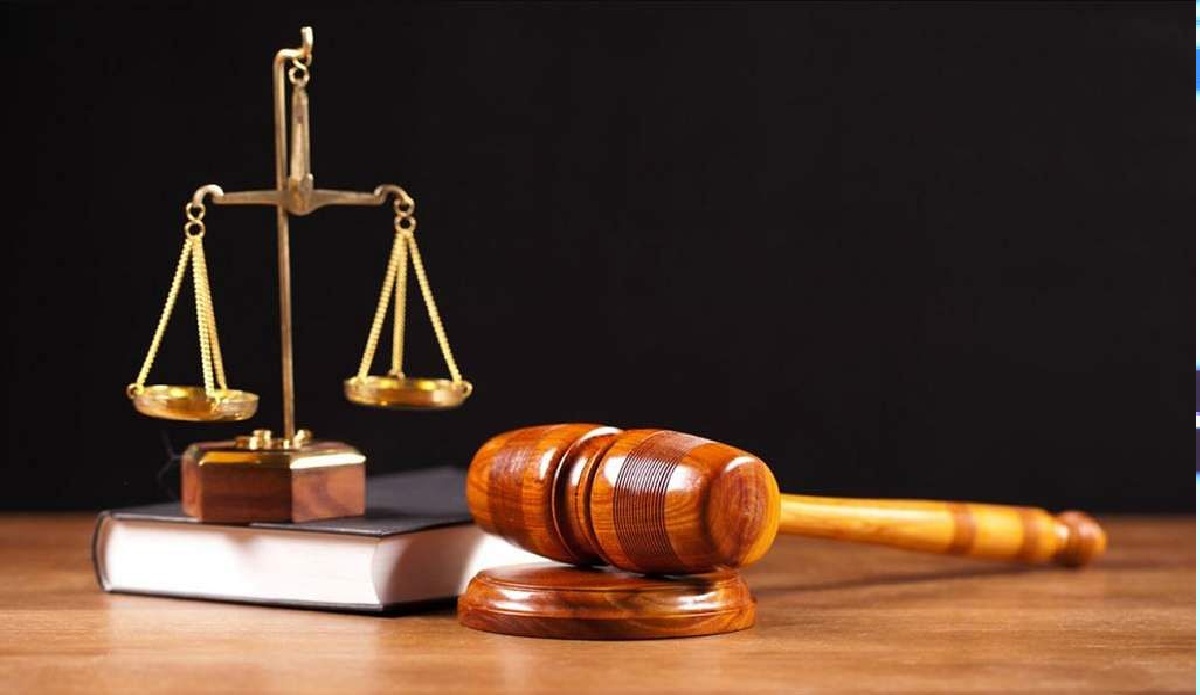
As Hurricane Milton rips through Florida, catastrophic storm surges, widespread power outages, and devastating winds leave residents battling the aftermath of the powerful storm.
The Storm Strikes: A Night of Fear and Fury
On Wednesday evening, Floridians braced for the impact of Hurricane Milton, a Category 3 storm that made landfall near Siesta Key, Florida, around 8:30 PM. As Milton crashed ashore with winds reaching 120 mph (205 kph), it unleashed a devastating combination of storm surge, heavy rainfall, and powerful tornadoes, leaving the state in a state of emergency.
In the hours leading up to landfall, Governor Ron DeSantis issued a stark warning to those still in vulnerable areas, urging them to stay indoors and avoid travel. “The storm is here. It’s time for everyone to hunker down,” he said during a press conference. Despite efforts to evacuate, many were forced to ride out the storm in their homes, trapped by rising waters and fierce winds.
Siesta Key and Beyond: The Path of Destruction
Milton’s first landfall hit Siesta Key, a small coastal community south of Tampa known for its white-sand beaches and tranquil lifestyle. With homes destroyed and streets submerged, the storm surge proved deadly, flooding homes and forcing emergency services into overdrive. Siesta Key, along with the surrounding counties of Sarasota and Manatee, bore the brunt of the hurricane’s wrath. Over 125 homes, many of which were mobile homes in retirement communities, were destroyed even before the storm fully made landfall.
As the storm continued its rampage inland, numerous tornadoes touched down across central and southern Florida. Reports indicated that the areas hardest hit by tornadoes included St. Lucie County on Florida’s Atlantic coast. Here, authorities confirmed multiple fatalities, adding to the storm’s devastating toll.
Powerless and in Peril: Over 2 million in the Dark
The most widespread and immediate impact of Hurricane Milton was the loss of power. Shortly after the hurricane made landfall, nearly two million Floridians were left without electricity. Pinellas County alone reported over 380,000 outages, with Sarasota, Manatee, and Hillsborough counties also severely affected.
According to the USA TODAY power outage tracker, outages continued to climb through the night as the storm moved inland, cutting off power to homes and businesses across the state. By 11 PM Wednesday, more than 1.9 million residents were in the dark, facing the dual threats of no electricity and rapidly rising floodwaters.
The loss of power wasn’t just an inconvenience—it was dangerous. As floodwaters surged, homes became unsafe, and emergency services were stretched thin. Drains and sewers quickly overflowed in cities like Tampa and St. Petersburg, with streets transforming into rivers. The National Weather Service issued upgraded flash flood emergencies for these areas, warning residents of life-threatening conditions.
From Category 3 to Category 2: Milton’s Relentless Force
As Hurricane Milton moved inland, it was downgraded to a Category 2 storm, but the reduction in its classification did little to lessen the destruction it caused. With winds of 110 mph and stronger gusts, Milton continued to hammer Florida. Sarasota, Tampa, Clearwater, and St. Petersburg were all under flash flood warnings as torrential rain battered the region. Some areas had already received six inches of rain, with another eight inches forecast in the coming hours.
Despite the storm’s weakening, the dangerous impacts persisted. Streets remained flooded, homes were submerged, and emergency services were working tirelessly to rescue those trapped by rising waters.
Tornadoes and Fatalities: A Deadly Night in Florida
In addition to the storm surge and flooding, the hurricane triggered numerous tornadoes across the state, adding another layer of devastation. Central Florida, particularly St. Lucie County, experienced the worst of these tornadoes, resulting in multiple fatalities.
Local authorities are still assessing the full extent of the damage, but early reports indicate widespread destruction of homes, vehicles, and infrastructure. The exact number of fatalities remains uncertain, as rescue efforts continue in many areas.
A State Still Reeling: Milton Follows in Helene’s Footsteps
Hurricane Milton’s impact has been compounded by the fact that Florida is still recovering from the devastation of Hurricane Helene, which struck just two weeks ago. Helene caused significant damage to beach communities and left at least 230 people dead across the southern United States. Milton’s arrival only deepened the suffering for communities that had barely begun to rebuild.
This marks the third hurricane to hit Florida this year, following Francine and Helene. Such a frequency of hurricanes is rare—only five other seasons in recorded history have seen three hurricanes strike Florida in a single year, the last of which occurred in 2005.
The Road Ahead: Milton’s Continuing Path of Destruction
As Hurricane Milton moves across central Florida, its path of destruction is far from over. Cities such as Orlando, Lakeland, and Cape Canaveral remain under threat as the storm makes its way toward the Atlantic Ocean. Tourists and residents alike have taken shelter, with Disney World closing its doors as Orlando braces for impact.
The storm’s winds and rains are expected to continue through Thursday morning, with inland flooding becoming an increasingly dangerous concern. For now, the streets remain deserted, as residents stay indoors and emergency services work around the clock to mitigate the damage.
A Storm Fueled by a Changing Climate?
As Hurricane Milton leaves a trail of devastation in its wake, experts are once again pointing to the role of climate change in intensifying such storms. Warmer ocean temperatures are known to provide additional energy for hurricanes, increasing their severity. Scientists believe this is contributing to the rise in both the number and strength of storms like Milton, Helene, and Francine.
As Florida begins the long road to recovery, the conversation about the impact of global warming on extreme weather events will likely continue, with the state’s residents at the center of this critical debate.
Florida Faces the Aftermath
As Florida emerges from the chaos caused by Hurricane Milton, the focus shifts to recovery and rebuilding. The storm may have passed, but its impact will be felt for weeks, months, and even years to come. With homes destroyed, lives lost, and millions left without power, Florida will need all its resilience to bounce back from yet another devastating hurricane season.
(With inputs from agencies)







